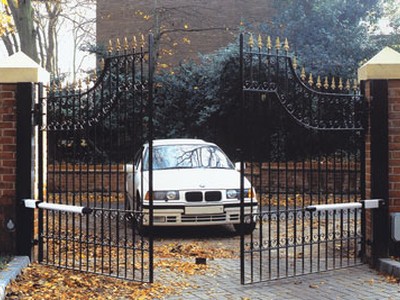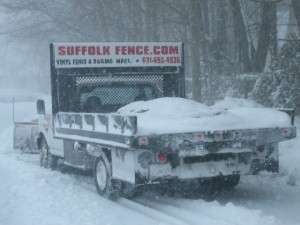Aren’t all vinyl fences the same?
No. Vinyl fence system components are available in a wide range of sizes and thickness. To reduce costs, some manufacturers decrease their wall thickness resulting in reduced strength.
Don’t all vinyl/ fences stand up to wear and tear?
Not necessarily A light (standard) system may bend and break easily due to even the most common occurrences, such as a person climbing or sitting on it. Additionally, a weak fence can result in poor performance. For example, children leaning against a fence may dislodge rails in a standard vinyl fence system. However, a properly engineered system with a heavier wall thickness and secure rail connection will make a vinyl fence stronger and more durable.
How is vinyl fencing manufactured?
The best products are made from virgin vinyl which ensures that the product is made using contents most appropriate for its application. Recycled vinyl can contain “contaminates” that may not be appropriate for the application or may compromise the integrity of the product. For vinyl to have the characteristics necessary for fencing, it must be combined with special additives and modifiers to make it strong and durable. The formula contains UV inhibitors that guard against the sun’s harsh rays and additives that make the vinyl rigid, yet flexible enough to resist cracking. The two most common methods for manufacturing vinyl fencing are a mono-extrusion process that uses one vinyl compound and a co-extrusion process that uses two or more vinyl compounds.
How safe are vinyl fences?
Unlike some treated wood fencing, vinyl is an environmentally safe material with no toxins to pollute the sky or seep into the ground. Vinyl fencing has a smooth surface, no nails, sharp edges or splinters.
Isn’t vinyl more expensive than wood?
Before investing in a fence, annual maintenance and replacement costs must be considered. A wood fence system initially costs less than vinyl, but wood systems require laborious maintenance (including scraping, sanding, priming and painting) every 2-3 years. Conversely, vinyl fencing has almost zero-maintenance cost and will never need painting. Unlike wood, vinyl isn’t subject to termite infestation which can increase the likelihood of costly partial or full replacement of a wood fence system. Although your initial investment is more with vinyl, the cost difference is quickly eliminated when you consider the substantial cost of maintaining a wood fence.
Will a quality fence cost more?
Yes. Good quality material and workmanship always costs more than sub-standard products, while labor, concrete and building permits cost the same regardless of the chosen material quality. Although a sub-standard product may cost less, the risk of future maintenance and/or replacement costs may outweigh any benefits the lower price may seem to offer. As the saying goes ‘you get what you pay for.”
What should I ask for before I invest in a fence?
You’ve made a great start by reading this information… Ask for samples of the product and make comparisons.
Are all product warranties the same?
No. Most products only come with a short limited warrantee, our product comes with a manufacturer’s lifetime warranty.








